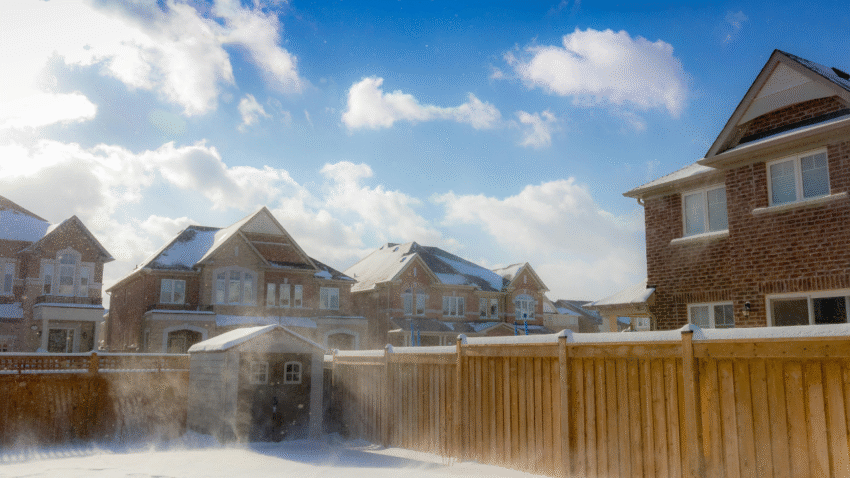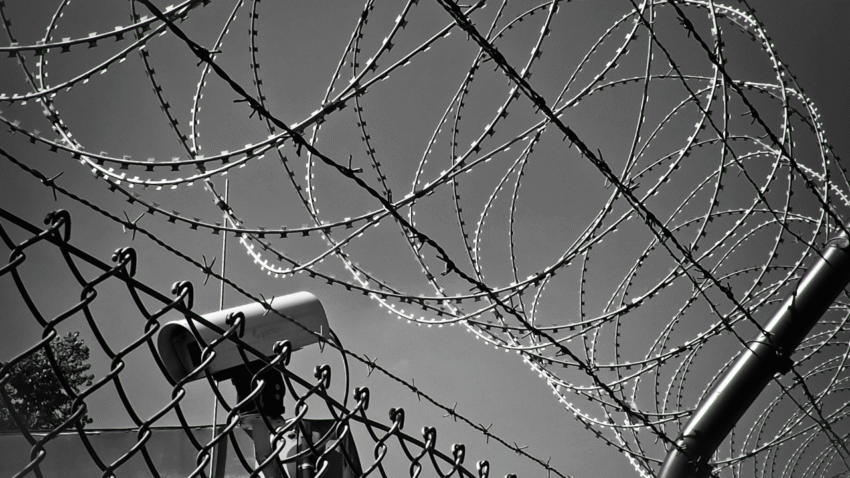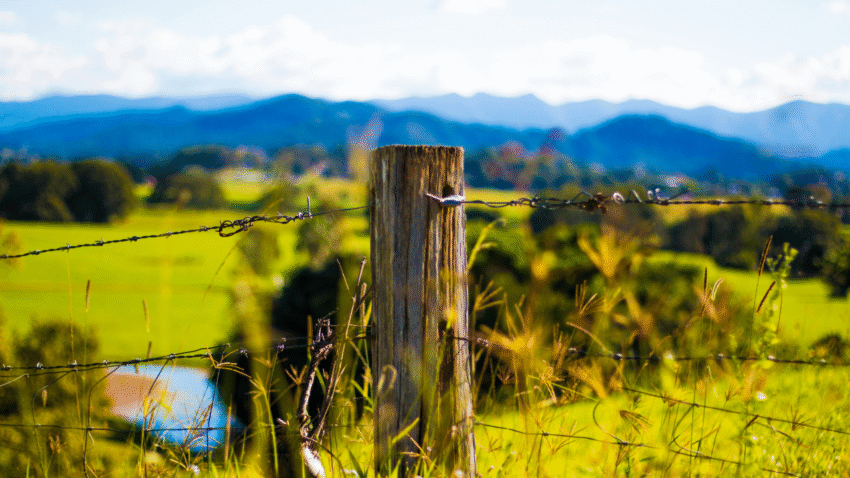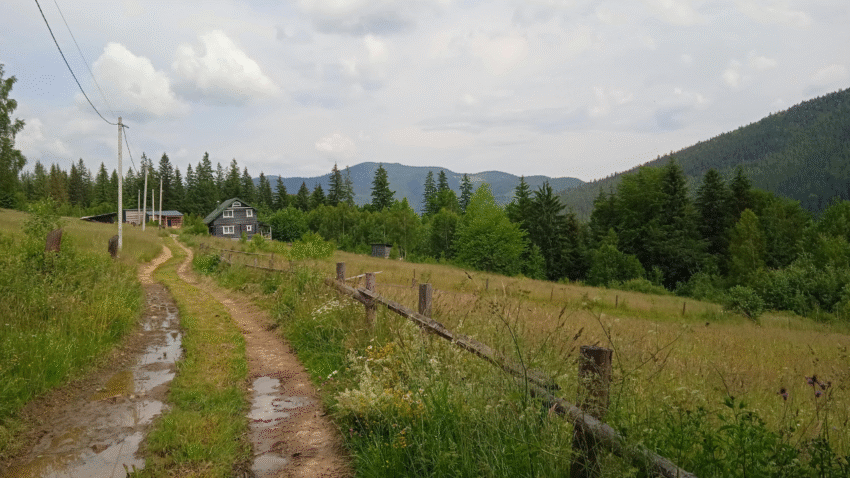Introduction As the seasons shift, your fence faces new challenges—from heavy spring rains and summer sun to autumn winds and winter snow. Each transition exposes weak points and accelerates wear if not addressed. Learning how to maintain a fence during seasonal transitions helps you protect its strength, appearance, and lifespan. With regular inspections and simple…
Blog

How to protect an electric fence during storms
Introduction Electric fences are excellent tools for securing livestock, pets, and property—but storms can put them at serious risk. Heavy rain, lightning, wind, and falling debris can cause shorts, power loss, or even permanent damage to energizers and wires. Learning how to protect an electric fence during storms helps you prevent downtime, reduce repair costs,…

How to prepare a fence for holiday decorations
Introduction Holiday decorations bring warmth, joy, and festive charm to your home’s exterior. While most people focus on roofs, windows, and yards, fences are an often-overlooked opportunity to make your property shine. Learning how to prepare a fence for holiday decorations ensures your lights, wreaths, garlands, and ornaments stay secure, look beautiful, and don’t cause…

How to reinforce a fence for seasonal changes
Introduction Fences stand outdoors year-round, enduring everything from scorching summers to freezing winters. Seasonal changes bring shifting soil, heavy rain, high winds, and snow—all of which can weaken posts, warp panels, and loosen hardware. Learning how to reinforce a fence for seasonal changes helps you protect your investment and avoid costly repairs. With a few…

How to stop soil erosion around fence lines
Introduction Soil erosion is one of the biggest threats to fence stability. Over time, rain, wind, and water runoff wash away soil around posts, leaving them loose and unstable. This not only weakens your fence but can also damage landscaping and property boundaries. Learning how to stop soil erosion around fence lines ensures your fence…

How to upgrade a fence gate for better security
Introduction Your fence is only as strong as its weakest point—and most of the time, that’s the gate. An insecure gate makes it easy for intruders, animals, or even strong winds to compromise your property. Learning how to upgrade a fence gate for better security ensures your yard, home, and belongings stay protected. With the…

How to add house numbers to a fence
Introduction House numbers are more than just decorative—they’re essential for helping visitors, delivery drivers, and emergency services locate your home quickly. If your mailbox or front door isn’t the most visible spot, your fence may be the perfect location. Learning how to add house numbers to a fence gives your property better visibility and curb…

How to reinforce a fence for extra strength
Introduction A fence is meant to protect your property, mark boundaries, and withstand the elements—but not all fences are built to handle high winds, heavy rain, or years of wear and tear. Over time, posts loosen, panels warp, and rails weaken, leaving your fence vulnerable. Learning how to reinforce a fence for extra strength ensures…

How to make a fence child and pet safe
Introduction Fences are built to define boundaries and provide security—but if you have children or pets, safety becomes the top priority. Gaps, sharp edges, climbable designs, or loose latches can turn an ordinary fence into a potential hazard. Learning how to make a fence child and pet safe ensures peace of mind, knowing your loved…

How to install spikes on top of a fence
Introduction If you’re concerned about security, installing spikes on top of your fence is one of the simplest and most effective deterrents. Fence spikes discourage intruders, prevent animals from climbing over, and add an extra layer of protection to your property. Learning how to install spikes on top of a fence ensures you do the…

How to keep weeds from growing along a fence
Introduction Weeds creeping up along your fence line can be a real headache. Not only do they make your property look messy, but they also trap moisture against posts, attract pests, and even damage wood or vinyl over time. Learning how to keep weeds from growing along a fence helps you maintain a clean, professional…

How to treat a wooden fence for insects
Introduction Wooden fences are attractive and durable, but they’re also vulnerable to insect damage. Termites, carpenter ants, and boring beetles can weaken wood, while wasps and bees may nest inside cracks. Left untreated, insects can cause costly structural problems and shorten your fence’s lifespan. Learning how to treat a wooden fence for insects helps you…
